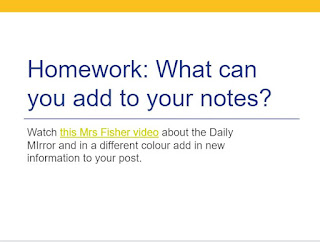U block discussed in brief a few key issues surrounding the magazine industry, which are summarised here:
Why don't younger audiences typically read magazines?
Magazines still sell! And they sell reasonably well. Some magazines in particular are surprisingly successful. Yet, by and large, they tend to appeal to, and be targeted towards either middle aged audiences or young children.
So why don't younger people typically read magazines?
- Competition from digitally convergent media - greater accessibility of content
- Environmental reasons, and issues with space
- Much cheaper, if not 'free' to access similar material online. Remember, if something is 'free', then YOU are being sold
- Magazines lack active audience engagement
- Potentially audiences live a more active lifestyle? Or do they?
- Buying a magazine involves leaving the house
- Shift to free magazines changed the industry
- Magazines are expensive, and even marketed as a luxury product
- Magazines do not tend to be targeted at teenagers, but instead target a middle-aged audience
However, magazines still do sell well to a dedicated audience:
- Specific interests: magazines conveniently collect high quality information
- Magazines are written by professional journalists
- Magazines are physical products, and are often extremely high quality: a luxury product?
- Collect and shown off
- Some magazines are collectables and can be sold for huge amounts of money
- Status symbol??
What paradigmatic features do magazines share as a medium? How can we differentiate them from a similar medium such as newspapers?
- Paradigm: something that shows the audience what genre something is
- Specific type of information, and specific genres and subgenres
- More diverse subject matter, and tend to be less political in nature
- Quality of paper and the images used are significantly higher: much higher production values
- Tends to be a focus on a single high quality front cover image
- Use of language: potentially more formal, and far less of it
- Big focus on 'feature' articles, including interviews, reviews and so on
- A wider range of colours and fonts
- Assumption of expert knowledge
- Familiar faces, celebrities, allows them to target a 'pre-sold' audience
- Magazines can shift their style and content on a seasonal basis















